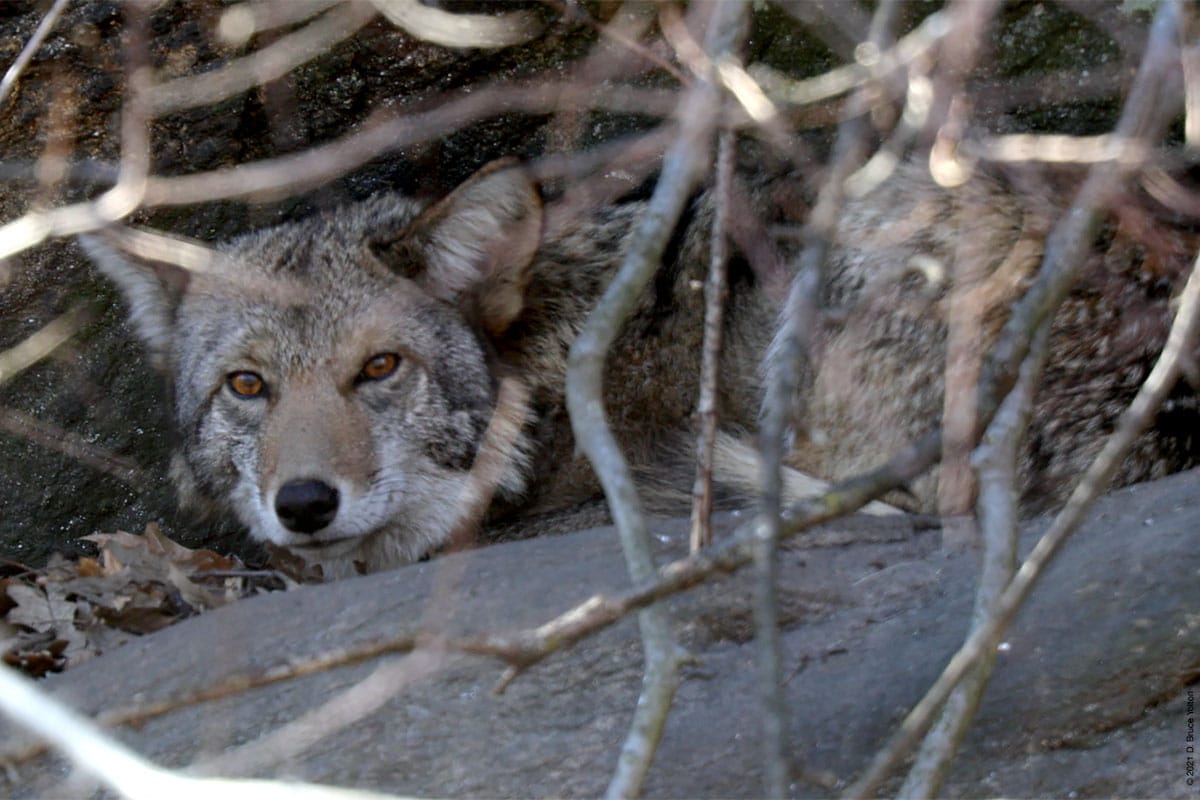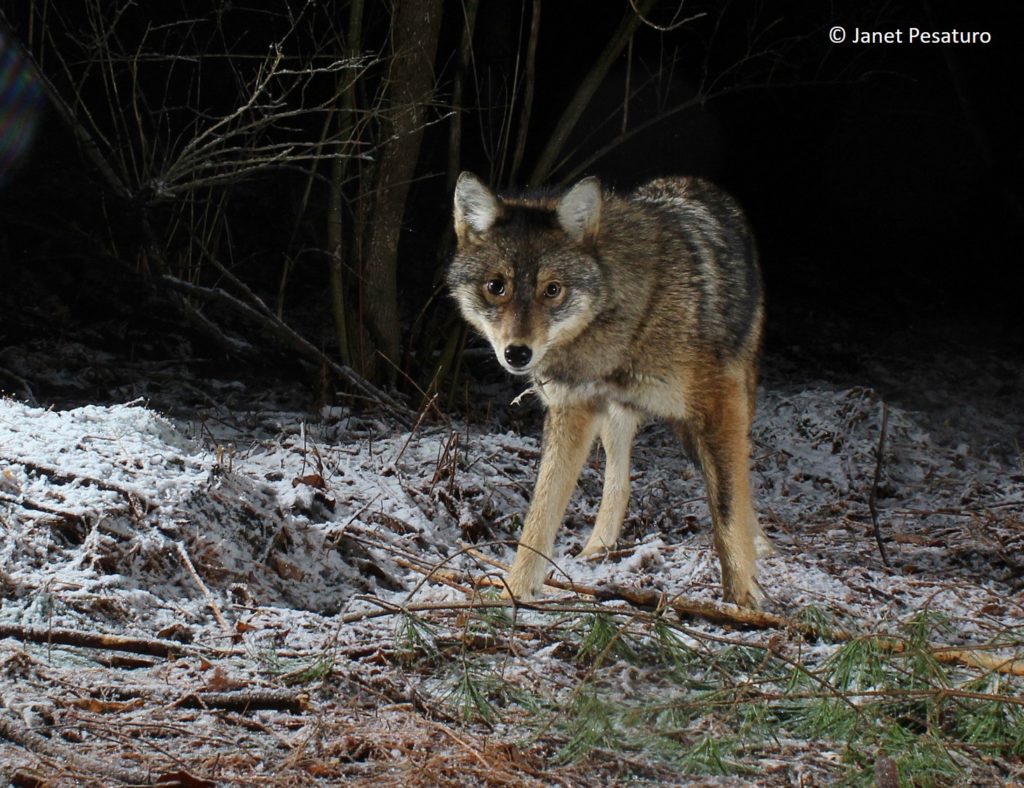



No, but your local Department of Natural Resources and Renewables office can provide a list of nuisance wildlife operators who are available for hire to capture animals that come into conflict with humans. Coyotes are very adaptable opportunists and will live in and near human settlements, and take advantage of any food sources found there.ĭoes the provincial government trap nuisance coyotes when people lose pets? Why are coyotes also found in urban areas? Have we invaded their home?Īs coyotes are a relatively new species to Nova Scotia, we have not invaded their traditional home. There are slight variations often dependent on the amount of trapping activity as well as availability of traditional food sources. The population of coyotes in the province is actually fairly stable. Why is the population of coyotes in Nova Scotia increasing? If the coyote population goes down there will be less competition for food and as a result females will be in better condition and the litter survival rate may increase, but there is no evidence that a female can somehow control the size of her litters. Our records show a low of two, and a high of ten, pups per litter. In Nova Scotia the average litter is five to seven pups. Is it true that female coyotes can have super-sized litters to compensate for population losses due to hunting and trapping?

Family units often occur in the fall or early winter as an adult pair teaches their young to hunt. Snow and the lack of leaf cover also make coyotes more visible, while heavy snow may encourage travel on or near roads.Ĭoyotes may hunt alone, in pairs, or family units. If natural food sources are unavailable, coyotes may become more active in search of food. Yes, late winter is the breeding season and their activity increases. Is it more common to see coyotes during the winter? The foot and leg hair is dark giving a sooty look. A fox is often recognized by its red coat, although they can be grey or tawny as well. The hair on the muzzle, throat, legs and belly usually ranges from yellowish to white.įoxes are smaller and typically about 46 cm (18 in.) at the shoulder. How can I tell if what I'm seeing is a coyote or a fox?Ĭoyotes typically have a tawny, grey or black coat with long black guard hairs. As young would be born mid-winter, their likelihood of survival would be low, and unlike wild dogs, male domestic dogs do not help provide food for the young. Today the likelihood of successful coyote/dog crosses is remote. There were reports of coyote/dog crosses during the initial stages of range expansion across the continent. What about coyote/dog crosses, or coydogs? It appears that interbreeding with wolves was in the past and that the Eastern coyote is now genetically distinct. They eventually reached Cape Breton by crossing the ice-covered Canso Strait.Īre there wolf/coyote crossbreeds in Nova Scotia? The first coyotes in Maritimes travelled here from Ontario, Quebec, New England. Their arrival here was part of a natural range expansion that began in the southwestern United States in the late 1800's due to pressures on their traditional habitat caused by land clearing and development. Weren't coyotes brought into Nova Scotia by people? In terms of dogs, they're about the size of a border collie or approximately 61 cm (24 in.) at the shoulder. Today, the coyotes found here are considerably smaller than wolves. This larger size has been attributed to past interbreeding with wolves, as coyotes spread northward and eastward across the continent. This is about twice the size of coyotes found in southwestern USA. The average Eastern coyote in Nova Scotia is about 15 kg (34 lbs) with some males reaching 23 kg (50 lbs.). I've heard that the coyotes found here are as big as wolves, or a German shepherd?


 0 kommentar(er)
0 kommentar(er)
